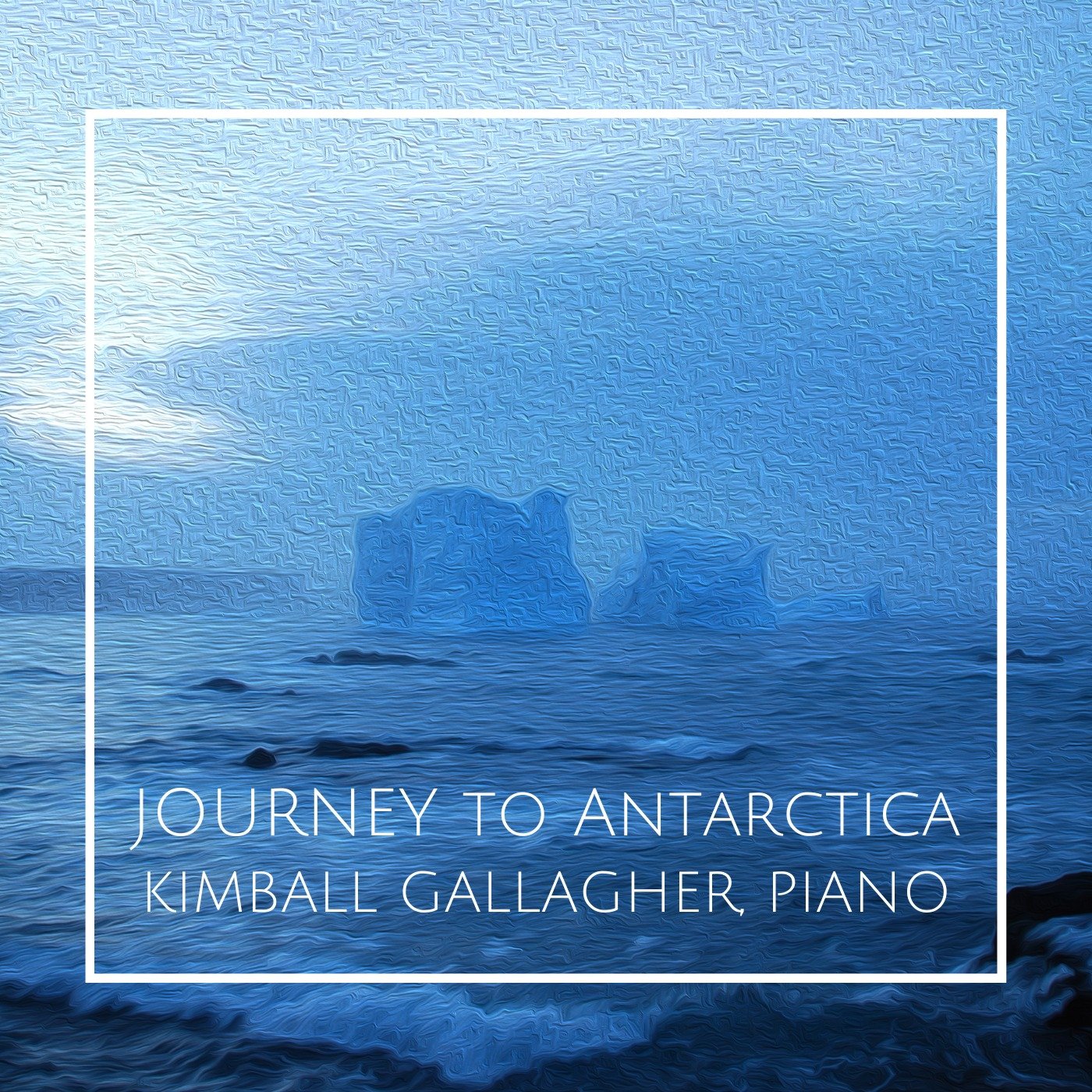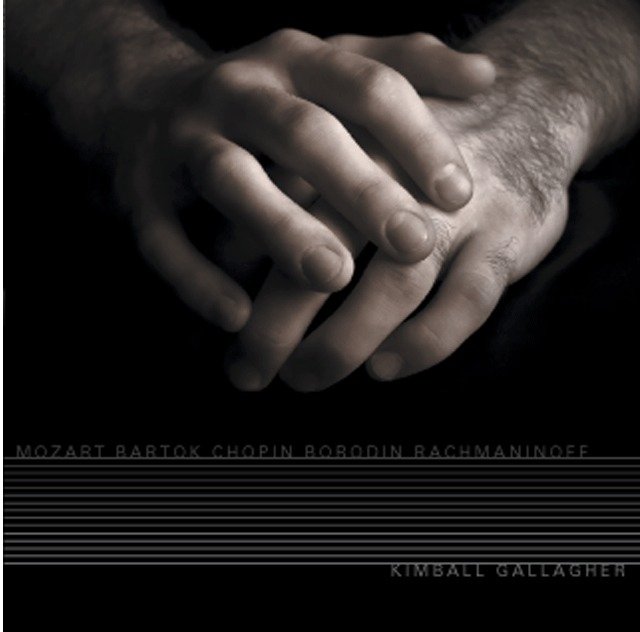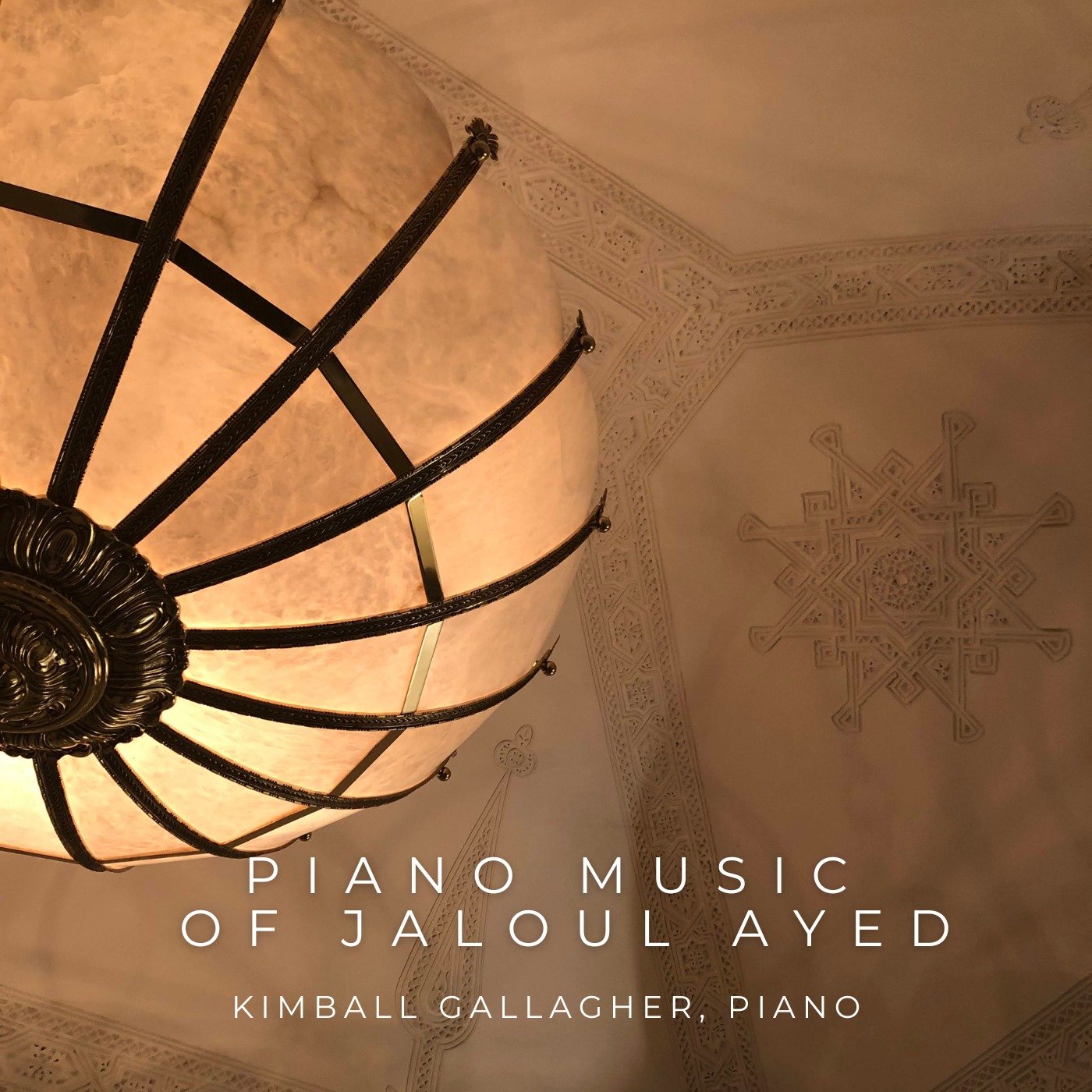About Pictures at an Exhibition and Faded Leaves
Mussorgsky wrote Pictures at an Exhibition in a fervor of creativity during the three weeks directly after the sudden death of his friend, the painter Viktor Hartmann. This well-known work portrays in music the experience of walking through a gallery of ten of Hartmann’s paintings. The music that depicts walking in the gallery and the music that represents the ten different paintings distinguish themselves at the outset of the work by means of a clear alternation between the two. The music representing the walking is the same recognizable melody each time it occurs, only shifting in mood. In contrast, the music representing the paintings differs greatly from painting to painting. This clear dichotomy remains intact during the majority of the work. Indeed, the first seven paintings appear, musically speaking, within this context.
However, beginning with the eighth painting, which depicts a man with a lantern walking into a tomb, we experience a structural shift. From this moment onward, the walking music, transformed from a rustic stroll to a sad dirge, is now itself representing a painting. In other words, the two distinct elements have fused into one.
In the tenth and final painting, called the Great Gates of Kiev, we hear the walking music one final time. This time, as the poetic climax of the work, the walking music is not sad but instead flows in a wave of memories, as if all the diverse experiences found in the different paintings now culminate in one poignant memory.
Extending this metaphor to apply to the paintings and the viewers themselves, we understand that, in a sense, the art gallery visitor is now existing inside the painting. That is, the viewer of the paintings (the observer) and the paintings themselves (the world of imagination) have fused into one entity. The attempt to maintain a certain objectivity, a clear headed and respectful remembrance, found in the clear alternation between the walking and paintings themselves gives way to a loss of a clarity; the line between ‘reality’ and ‘fantasy’ is blurred as Mussorgsky himself plunges into the world of the paintings themselves, a full embrace of his departed friend.
The movement titles of Pictures at an Exhibition are in a variety of languages: Latin, French, Italian, Russian. These languages - as well as the direct references to Limoges and the Tuileries Garden in France and to Kiev, at that time a city in Russia – imply a tour of Europe.
It is with this inspiration - and also with the encouragement of my friend, the formidable pianist Bruce Levingston - that I was inspired to commission composer-pianist Hwaen Ch’uqi to compose Faded Leaves. I intended Faded Leaves to be a multi-movement work, with each movement representing a different country. Ch’uqi selected the countries based on my 88 Concert Tour, my first foray into international concert touring. In fact, the 88 Concert Tour became a 343 concert tour in 30 countries on all seven continents. Ch’uqi, a Peruvian native, begins and ends the work with Peru, his native land. He chose to name these movements Tawantinsuyu, the name of the ancient Inca empire, the most famous remnants of which are at Machu Picchu.
We travel through the countries France, Germany and Italy with homages to the waltzes of Ravel, the romantic poetry of Schumann, and the baroque virtuosity of Scarlatti.
The India movement evokes the atmosphere of a Bollywood love duet with a special sound effect to imitate the tabla. Vietnam is represented by a philosophical take on the heroic story of the Trung sisters.
While the references to these five countries are rooted in strongly established sound worlds, the Peruvian movements remain deeply personal testaments.
Both Faded Leaves and Pictures at an Exhibition offer the listener a series of diverse, musical scenes. There are, however, two key differences. Whereas Mussorgsky guides us - the listeners - from one painting to another with the walking music, Ch’uqi moves from country to country directly, without this connective tissue. These stark shifts between movements foreshadow a stark conclusion. While Mussorgsky finds solace in his grief, closing with triumph and uplift after a moving testament to his departed friend, Ch’uqi’s musical protagonist - having finally summoned the courage to return home after his mourning in Germany - finds no solace but instead, “a razed kingdom and a shattered people'' (Ch’uqi, Preface to Faded Leaves).











